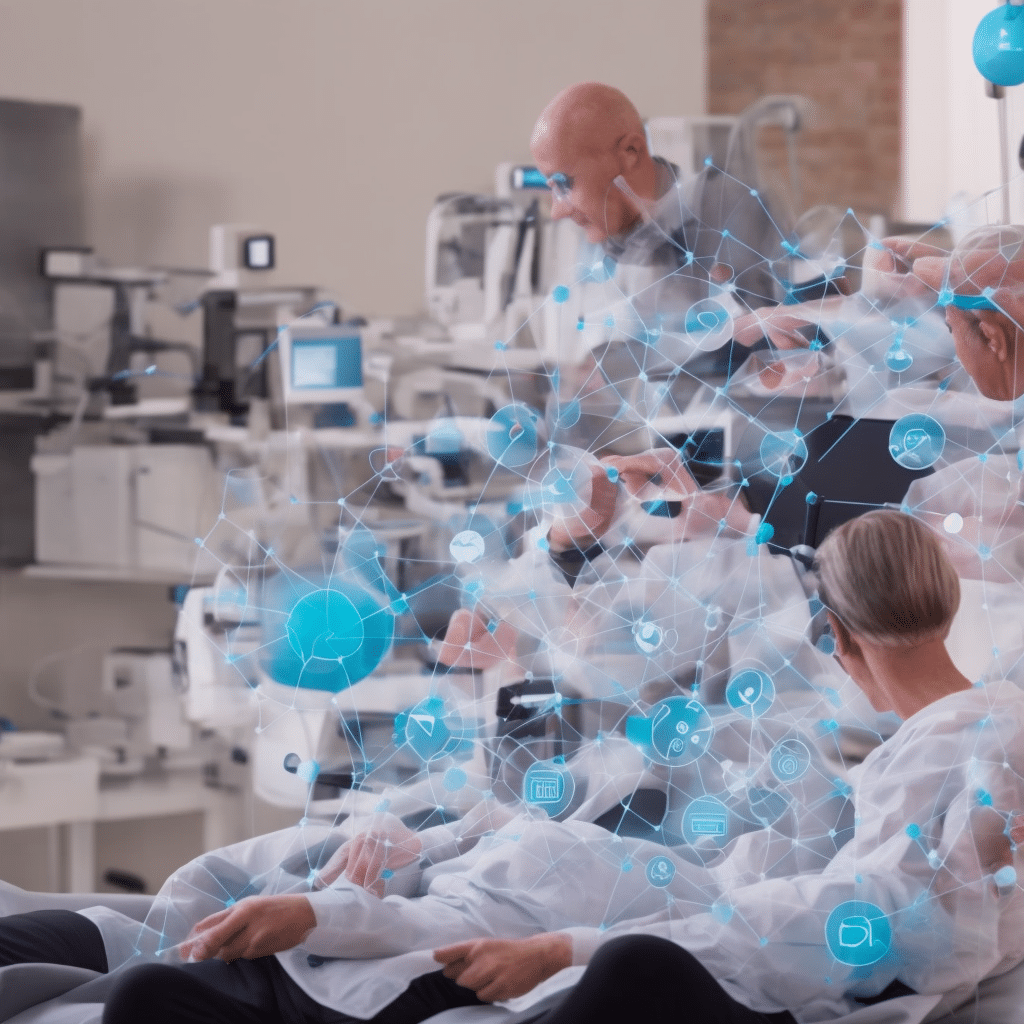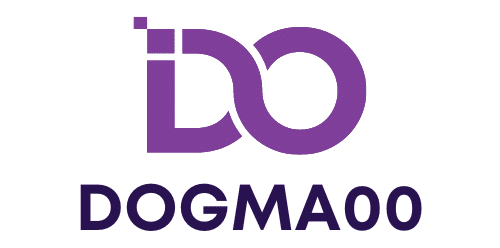How Are IoT Devices Transforming the Management of Chronic Health Conditions?

The Internet of Things (IoT), a rapidly evolving technology, is redefining numerous sectors of our lives, healthcare being one of them. With the infusion of IoT in healthcare, we are witnessing a significant shift in how chronic health conditions are managed. This technology is not only enabling real-time monitoring of patients’ health but also revolutionizing the delivery of patient care, bringing about a massive change in the traditional healthcare paradigm.
In this day and age, managing chronic diseases has become less burdensome and more effective, thanks to IoT. But how are IoT devices influencing the management of chronic health conditions precisely? Let’s delve deeper into this topic.
Cela peut vous intéresser : Can Virtual Reality Offer New Dimensions in Historical Education and Preservation?
IoT in Healthcare: A Broad Overview
Before we discuss how IoT is transforming the care for chronic diseases, let’s briefly understand the concept of IoT in healthcare. IoT refers to the network of interconnected devices that collect and exchange data over the internet. In the context of healthcare, these devices include wearable gadgets, implantable sensors, and other medical devices that collect health data from patients.
These devices are playing a pivotal role in improving patient care by providing real-time health monitoring, reducing the time spent in hospitals, and empowering patients to take charge of their health.
A lire également : How Is Technology Impacting the Personalization of Consumer Goods and Services?
IoT devices gather vast amounts of data, which can be leveraged to gain valuable insights into a patient’s health. This data can then be used to formulate personalized care plans, improve treatment outcomes, and ultimately enhance the quality of life for patients with chronic illnesses.
These devices also foster better communication between patients and healthcare providers, enabling timely interventions and reducing the chances of serious health complications.
Real-time Health Monitoring: A Boon for Patients and Caregivers
IoT devices are proving to be a game changer in the realm of real-time health monitoring. Wearable devices such as smartwatches, fitness trackers, and heart rate monitors collect vital health data around the clock. This continuous monitoring allows for early detection of potential health issues, timely interventions, and improved management of chronic health conditions.
Additionally, real-time monitoring reduces the need for frequent hospital visits, saving patients’ time and reducing healthcare costs. It also enables healthcare providers to keep an eye on their patients’ health remotely, thereby ensuring continuous care even outside the hospital setting.
Moreover, IoT devices also facilitate remote patient monitoring, an aspect that has proven especially beneficial for elderly patients or those with mobility issues. By providing data about a patient’s health status directly to healthcare providers, these devices empower patients to manage their health from the comfort of their homes.
Empowering Patients to Take Charge of Their Health
IoT devices are also facilitating a culture of patient empowerment. By providing patients with easy access to their health data, these devices are enabling them to take an active role in managing their health. Patients can monitor their vital signs, track their symptoms, and even detect early signs of potential health issues.
Moreover, these devices also provide patients with personalized health tips and reminders, facilitating better disease management. For instance, a diabetes patient can receive timely reminders to check their blood sugar levels, or a heart disease patient can get personalized diet recommendations based on their health data.
Through this, IoT is not only promoting a proactive approach to health management but also ensuring a better quality of life for patients with chronic diseases.
Transforming Disease Management with Data-Driven Decisions
Another significant impact of IoT in chronic disease management lies in its ability to drive data-driven decisions. IoT devices collect a vast amount of health data, which can be analyzed to gain valuable insights into a patient’s health condition.
For instance, by analyzing a patient’s blood pressure data over a period, healthcare providers can identify patterns and trends, which can help in optimizing the treatment plan. Similarly, data from a patient’s fitness tracker can provide insights into how their lifestyle habits are affecting their health, thereby guiding necessary changes.
Furthermore, the data from IoT devices can also contribute to medical research and the development of new treatments for chronic diseases, thereby ushering in a new era of data-driven healthcare.
Making Healthcare More Efficient and Cost-Effective
Finally, IoT is also contributing to making healthcare more efficient and cost-effective. By streamlining health monitoring and reducing the need for hospital visits, IoT is helping to save significant amounts of time and resources.
For healthcare providers, the implementation of IoT can lead to increased efficiency in patient management. This includes better resource allocation, reduced hospital readmissions, and improved patient outcomes.
For patients, the benefits are equally significant. For instance, remote patient monitoring with IoT devices can drastically cut down healthcare costs by reducing the need for frequent hospital visits. Additionally, early detection of potential health issues can prevent costly complications, thereby bringing down overall healthcare expenses.
In summary, IoT is transforming the way chronic health conditions are managed, making healthcare more effective, patient-centric, and cost-effective. While there are challenges to overcome, the potential benefits of this technology in healthcare are enormous, promising an exciting future for chronic disease management.
Overcoming Challenges and Future Prospects of IoT in Healthcare
While the benefits of IoT in healthcare are undeniably substantial, it is important to acknowledge the challenges that need to be addressed. These include ensuring data privacy and security, grappling with the immense volume of data generated, and the need for stable internet connectivity for the efficient operation of IoT devices.
Data privacy and security are of paramount importance in healthcare IoT. With the increase in the number of connected devices, the risk of data breaches also increases. Therefore, robust security measures need to be implemented to protect sensitive health data.
Another challenge is dealing with the vast amount of real-time data generated by IoT devices. To effectively use this data for disease management, advanced data analytics and machine learning techniques are necessary. This requires substantial investment in infrastructure and technical expertise.
Internet connectivity is also a crucial factor. For remote patient monitoring to work seamlessly, a stable internet connection is vital. However, this can be a challenge in rural or remote areas where internet coverage may be poor.
Despite these challenges, the future prospects of IoT in healthcare are promising. With advancements in technology and increasing investment in the sector, it is expected that these issues will be addressed effectively. In fact, according to Google Scholar, the global healthcare IoT market is forecasted to grow exponentially, reaching USD 534.3 billion by 2025. This indicates the growing acceptance and implementation of IoT in the management of chronic diseases.
Conclusion: The Power of IoT in Managing Chronic Diseases
The integration of the Internet of Things in healthcare is revolutionizing disease management, particularly for chronic conditions. Through real-time health monitoring, IoT devices are not only enabling healthcare professionals to provide better patient care, but are also empowering patients to take a proactive role in managing their own health.
Furthermore, the vast amount of data collected by these devices is driving data-driven decisions, enhancing the effectiveness of treatments and facilitating the development of new ones. In addition, IoT is making healthcare more efficient and cost-effective, benefiting both healthcare providers and patients.
While there are challenges, such as data privacy, data management, and the need for internet connectivity, the future of IoT in healthcare looks promising. With ongoing advancements and investments in the sector, it’s likely that these issues will be effectively addressed, leading to an even greater role for IoT in managing chronic health conditions.
In conclusion, the Internet of Things is transforming the management of chronic diseases, moving us towards a future of effective, efficient, and patient-centric healthcare. The full potential of IoT in healthcare is yet to be realized, and it is exciting to envision the possibilities that lie ahead.
